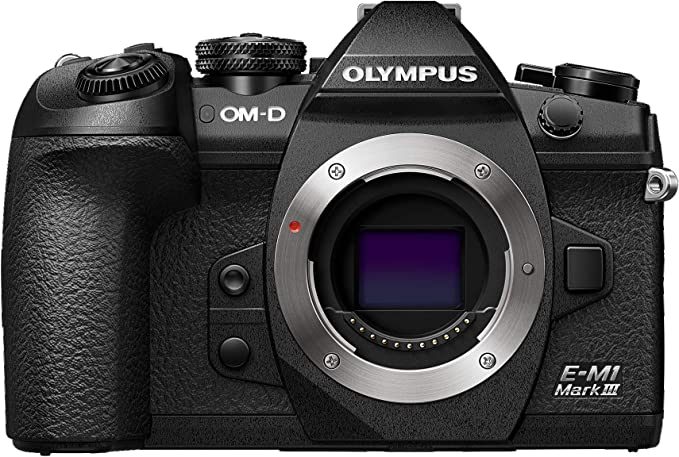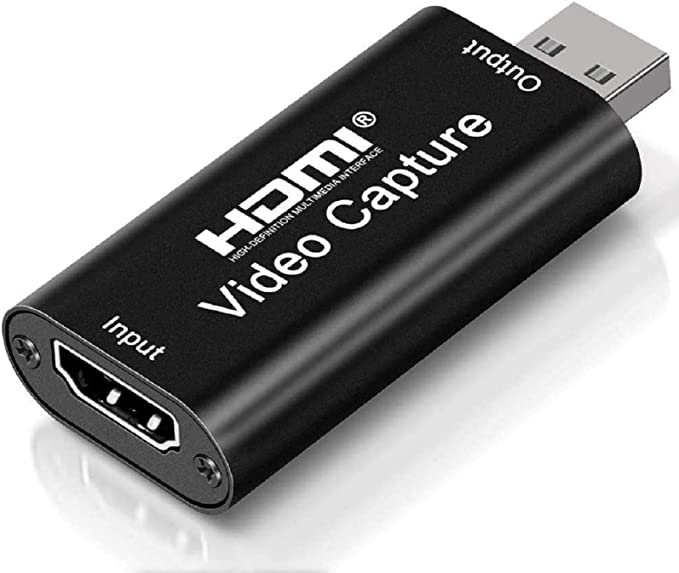Camcorders, DLSR's or mirrorless photography cameras are often preferred for filming sports due to their specific features and advantages that make them well-suited for capturing fast-paced action. The only caveat for supporting them is being able to stream directly from the device (very unlikely), or have it so they can output via HDMI with a "clean" picture (i.e. the camera's controls aren't visible on the picture).
Perhaps unsurprisingly, the more you invest, the better the result. However, bear in mind that MAS (and other streaming software) performs heavy compression to relieve network pressure and this will impact picture quality in some not-so-subtle ways that may make better hardware not perform as well as you may expect. Your capture card will likely impact this too. There are ways to circumvent this by streaming with third party software.
Advantages
When making a purchase, consider how important these features may be for your needs:
-
Optical zoom capabilities: Camcorders generally have powerful optical zoom lenses that allow for close-up shots of distant subjects without sacrificing image quality. This is crucial for capturing details of the action on the field or court.
-
Advanced autofocus and tracking: Camcorders are designed to quickly and accurately autofocus on moving subjects. They often have advanced autofocus systems with tracking capabilities, ensuring that the subject remains sharp and in focus even during fast movements.
-
Image stabilisation: Camcorders typically feature advanced image stabilisation technologies, such as optical or electronic image stabilisation. These help reduce camera shake and produce smoother, more stable footage, which is essential for sports filming where quick movements are common.
-
Manual controls: Camcorders provide extensive manual control options, allowing users to adjust settings like shutter speed, aperture, white balance, and ISO. This level of control enables you to tailor the settings to the specific lighting and motion conditions of the sporting event, resulting in better-exposed and more professional-looking footage.
-
Ergonomics and durability: Camcorders are designed with ergonomics in mind, featuring comfortable grips and controls that make them easier to hold and operate for longer durations. They are also typically more robust and durable than smartphones or compact cameras, able to withstand the rigours of sports filming and adverse weather conditions.
-
Audio capabilities: Sound is an important aspect of sports filming. Camcorders often come with high-quality built-in microphones or external microphone inputs, allowing for better audio capture. Some models even offer features like surround sound or wind noise reduction to enhance the audio recording.
-
Versatility and customisation: Camcorders offer a range of customisable settings and shooting modes specifically tailored for sports filming. This includes features like slow-motion recording, time-lapse, pre-recording, and customised scene modes. These options give videographers more creative control and flexibility in capturing the action.
Disadvantages
However, these devices can be annoying to power, and having one relies on someone within the team to keep track/setup and breakdown each match. They're also bulky and require more cabling/other hardware to get online reliably. You may also wish to consider:
-
Overheating issues: DSLR/photography cameras in particular, and especially when used for continuous video recording, generate a lot of heat. Extended livestreaming sessions may cause the camera to overheat, leading to performance issues, automatic shut-off, or even potential damage to the camera. It's important to monitor the camera's temperature and take breaks if necessary to prevent overheating. You may find people advising you about "burnout" of sensors too. Dedicated camcorders are much better in this area, but if your sport/event is only a couple of hours it should be fine.
-
Lack of autofocus during livestreaming: these cameras often provide excellent autofocus capabilities for photography or video recording. However, when it comes to livestreaming, autofocus can be limited or inconsistent. These devices may struggle to continuously track fast-moving subjects, such as athletes in a sports event, resulting in blurry or out-of-focus footage. Generally, you can switch these to infinity focus, but the resulting picture can look quite "flat". Figuring out how focus works and being active about it may take some getting used to.
-
Battery life: these cameras consume more power compared to dedicated livestreaming devices, which can result in shorter battery life. Depending on the duration of the sports event and the availability of power outlets, you may need to carry spare batteries or have a continuous power source to ensure uninterrupted livestreaming. Generally, you can plug these into battery packs but it is yet-another-cable to keep track of.
-
Complex setup and settings: these cameras offer a wide range of settings and customisation options, which can provide incredible specificity and creative freedom. But, it can also be overwhelming for users who are new to livestreaming. Setting up the camera and adjusting settings on the go may require some technical expertise and familiarity with the camera's functionalities.
Recommendations
While smartphones have improved markedly in terms of camera capabilities, camcorders still provide dedicated features that are advantageous for filming sports. They offer superior zoom, autofocus, image stabilisation, manual controls, and durability, making them a preferred choice for capturing high-quality sports footage.
The camcorder option is almost always the best route. You will pretty much guarantee a good picture and have the controls and tooling you need to produce a great broadcast. When coupled with an Accsoon SeeMo you can trivialise the setup and do so for a fraction of the cost of many other livestreaming options.
Unfortunately, there are few "introductory" camcorders still in regular manufacture. MAS recommends the entry level Sony Camcorder , but there is little competition in this space and prices quickly jump from low-hundreds to low-thousands immediately into the "prosumer"/professional-consumer space. You may want to just start basic and build into more sophisticated features as you gain more following and confidence with the platform.
Some very cheap cameras found on places like AliExpress prevent the zoom and some other settings working when plugged into HDMI but occasionally can just be plugged into a laptop without a capture card, so it is worth completely discounting them.
Please make sure your camera is able to output a naked or "clean" feed from its HDMI - many cameras do not or, even worse, enter "TV mode" and display the contents of the SD card rather than the current viewfinder window as you may want/expect. This is especially true of DSLR/mirrorless/photography cameras.
Capture Cards
The MAS kit discusses the basic HDMI capture card we recommend. A USB HDMI Capture Card is a generic USB device that takes the signal coming off your camcorder and turns it into something your laptop/Chromebook can understand - (for interest: a "webcam").
You can plug the HDMI feed from your camera into the HDMI input on this device and plug the other end directly into your laptop/Chromebook.
You may consider upgrading yourself to more "professional" products like the popular Elgato Cam Link 4K over time but be warned that this may require more sophisticated computers to take this input and produce a higher quality production with.




